
- Home
- Photography Tours
- Diary / Blog
- Galleries
- Foreign Trips
- Tasmania 2016
- NE Queensland 2016
- Western Alps 2016
- NE Spain 2016
- Australia's Wet Tropics 2015
- Australia's Top End 2015
- SW Australia 2015
- Switzerland 2015
- Andalucia 2015
- Belize 2015
- Australia 2014
- Switzerland 2014
- Belize 2014
- Bahama Islands 2014
- Switzerland 2013
- Ecuador 2012-2013
- Florida 2011-2012
- Vancouver Island 2011
- Australia 2010
- Peru 2008
- Bulgaria 2007
- Lesvos 2006
- California 2006
- New Zealand 2005
- Extremadura 2005
- Goa, India 2004
- The Gambia 2003
- About
May 2014
20th May 2014
Dungeness, Kent, England
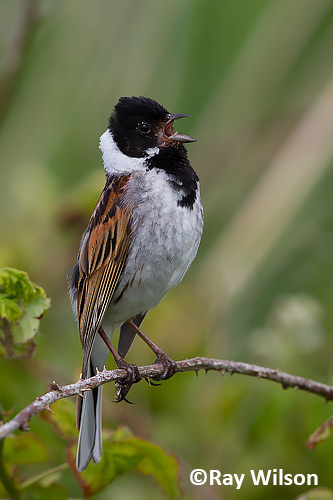
Reed Bunting (Emberiza schoeniclus)
A morning spent at Dungeness was not terribly exciting birdwise (to put it mildly!). A confiding, singing Reed Bunting did, however, take pity on me and kept me from dying of terminal boredom!
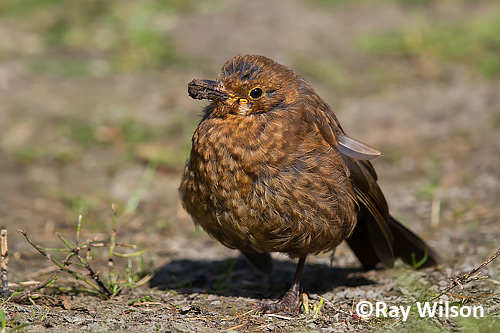
juvenile Eurasian Blackbird (Turdus merula)
The only other birds that came close to being in photographic range were a rather scruffy juvenile Blackbird with a mud-caked bill and a fly-by 2nd summer Great Black-blacked Gull...
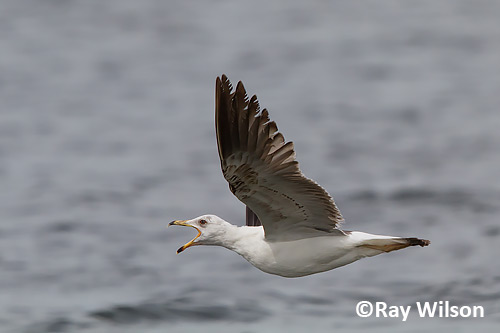
2nd-summer Great Black-backed Gull (Larus marinus)
Four-spotted Chasers are one of the earliest dragonflies to emerge each year, and true to form there were several basking in the weak, hazy sun trying in vain to get enough heat into their bodies for sustained flight.
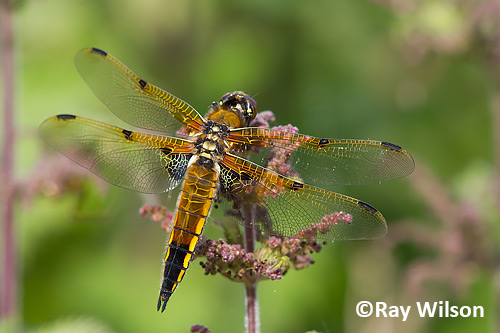
Four-spotted Chaser (Libellula quadrimaculata)
With nothing else to hold my attention, I again turned my attention to the spring flowers growing in the shingle banks and rough grasslands of the reserve.
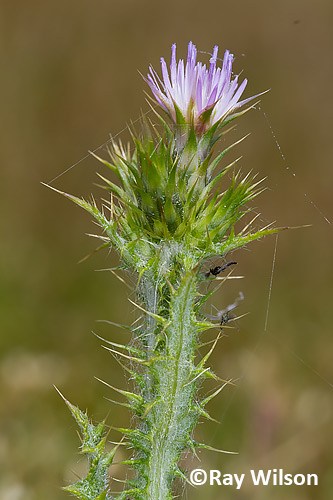
Slender Thistle (Carduus tenuiflorus) |
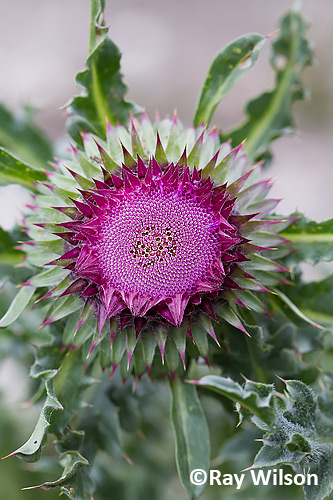
Musk Thistle (Carduus nutans) |
Slender thistle is a rather unobtrusive, small thistle and has a mostly coastal distribution in Britain, while the much more robust Musk Thistle, with its large flowers measuring up to 6cm across, is common in rough grasslands throughout most of England and eastern Wales.
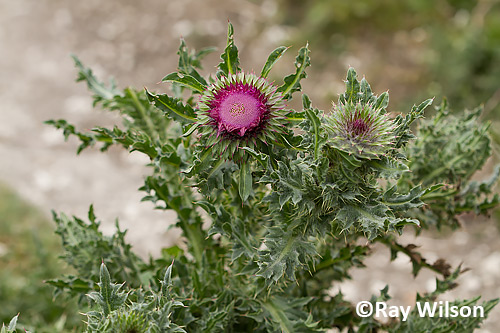
Musk Thistle (Carduus nutans)
Pink Sorrel is a native of South America that was introduced to Britain as a garden plant in the latter half of the 19th century and escaped to the wild only 40 years later. It is now found throughout most of southern England, usually close to human habitation.
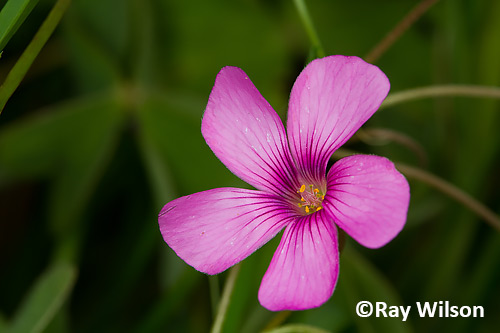
Pink Sorrel (Oxalis articulata)
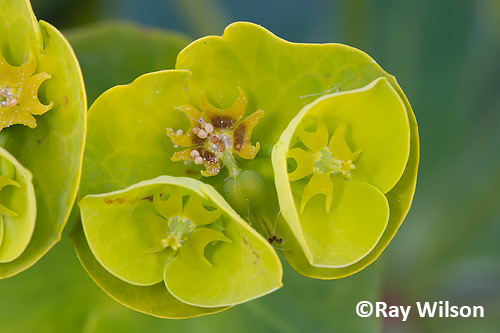
Wood Spurge (Euphorbia amygdaloides)
Ray Wilson owns the copyright of all images on this site.
They may not be used or copied in any form without prior written permission.
raywilsonphotography@googlemail.com